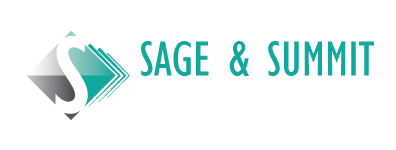In this week’s continuation of our culture discussion, we will focus on a cultural element that over the past year has become a very obvious requirement for success and even survival of organizations – Agility.
If you are considering the switch to agile, you’re not alone, in McKinsey’s article, “Doing vs being: Practical lessons on building an agile culture” they note that 70% of survey respondents are transforming to agile.
The shift to agile is a challenging one, but putting in processes, systems and technology are arguably the most straight forward of the requirements. With plenty of supporting information and well-designed collaboration and development software available, the agile building blocks can be put in place with confidence in a manageable time frame. Creating and sustaining an agile culture however, is a more difficult task.
As with all things cultural, an agile culture means that the decisions and actions taken every day need to support agility. Culture is all encompassing, so everything that goes on in your organization impacts culture, and misalignments stick out like sore thumbs, typically with over weighted significance on impeding progress.
As outlined in Greg Besner’s “The Culture Quotient”, there are a few areas you can focus on to up your agility.
- Normalize Ambiguity: Accept change and unpredictability and ensure that your team feels comfortable and grounded with change.
- Embrace Agile Mindsets: Ryan Gottfredson in his book, Viewpoint: How to Develop an Agile Workforce”, proposes three mindsets to support agility. A Growth Mindset supports the belief that one can improve and develop personal abilities. An Open Mindset ensures an ability to listen and consider other perspectives. Finally, a Promotional or proactive mindset ensures a focus on improving and advancing versus “not losing”.
- Prepare Employees for the future through learning and development: Invest in continuous training to ensure your team members are well trained for their roles today and as they change with the organization, and their own career paths.
- Continuously Monitor and Respond: Collect employee feedback on your culture, and create a standard of a retrospective after each project. Create an HR dashboard to support continuous culture adjustment to support the agility required by the organization.
Culture is the enabler for all initiatives. Putting the appropriate time, energy and resources into developing and maintaining an agile culture is a requirement for success.

